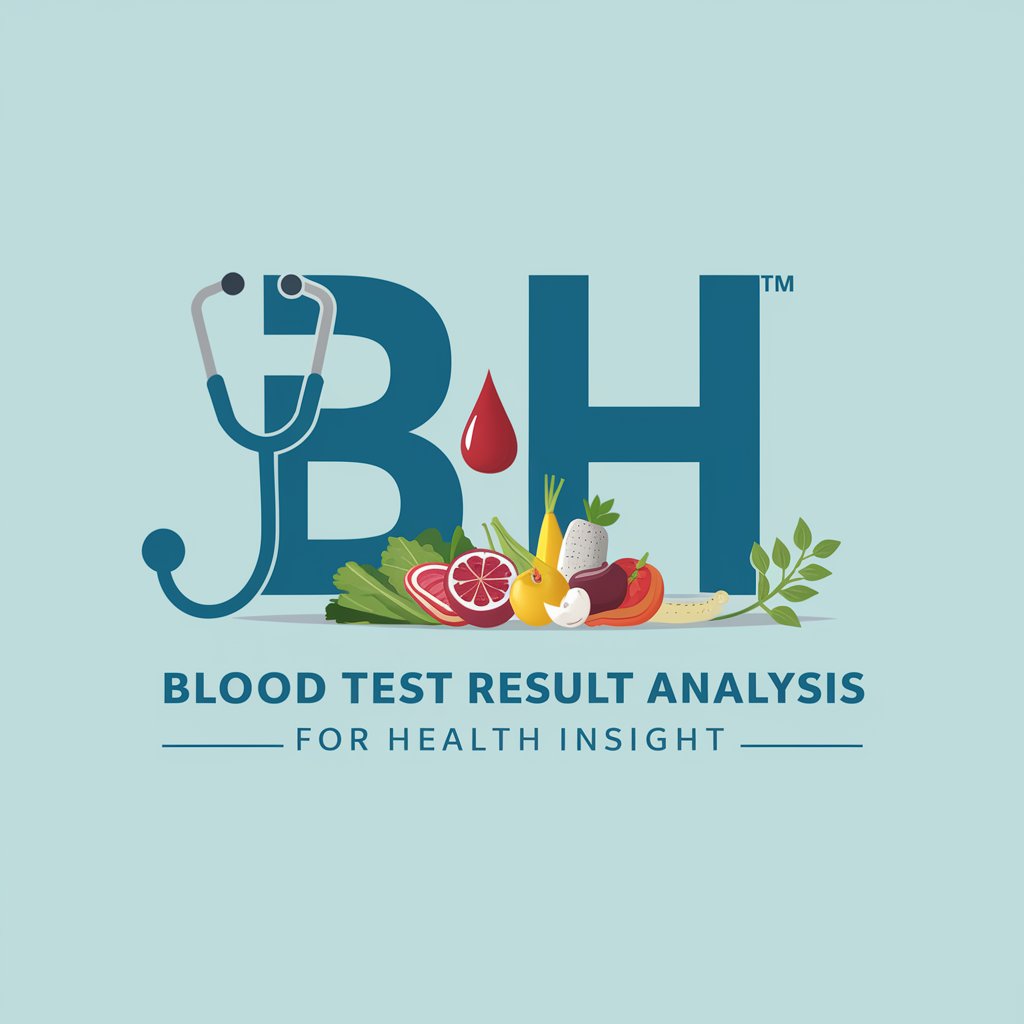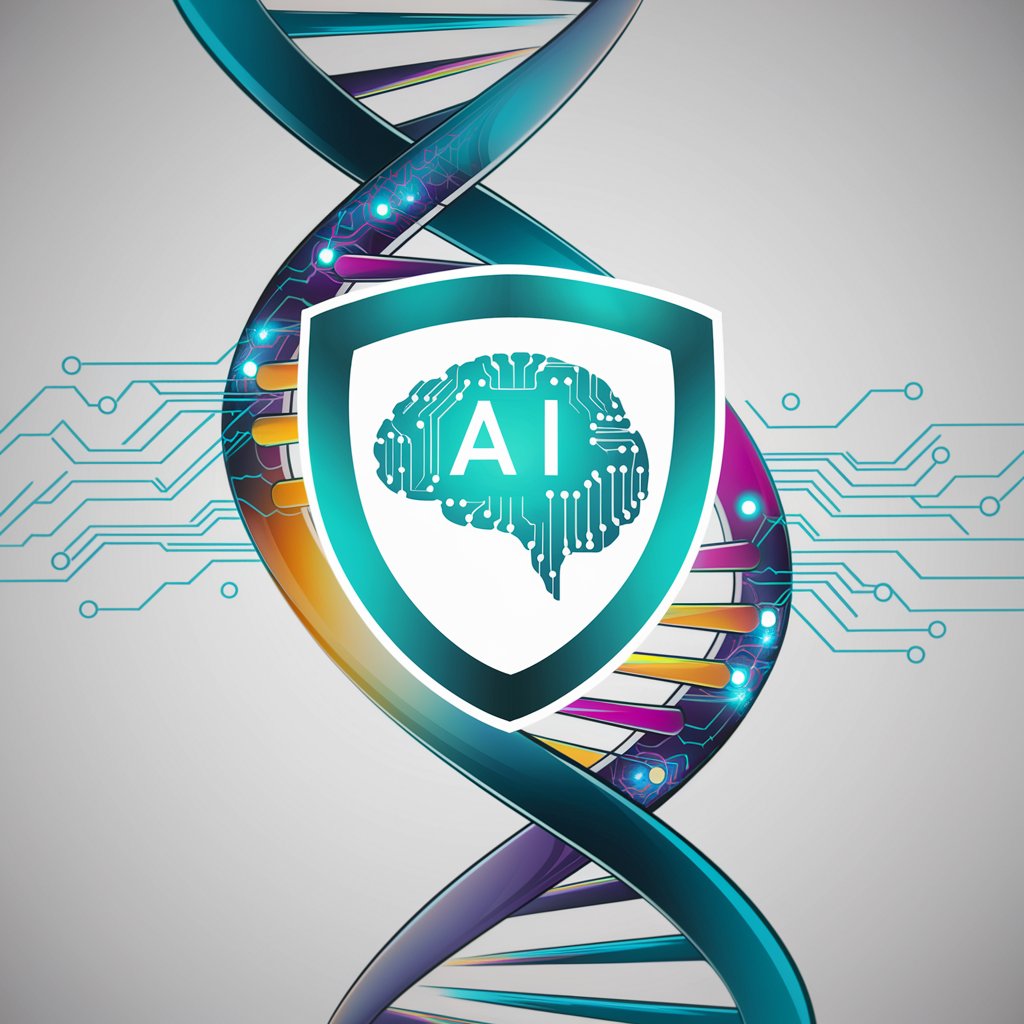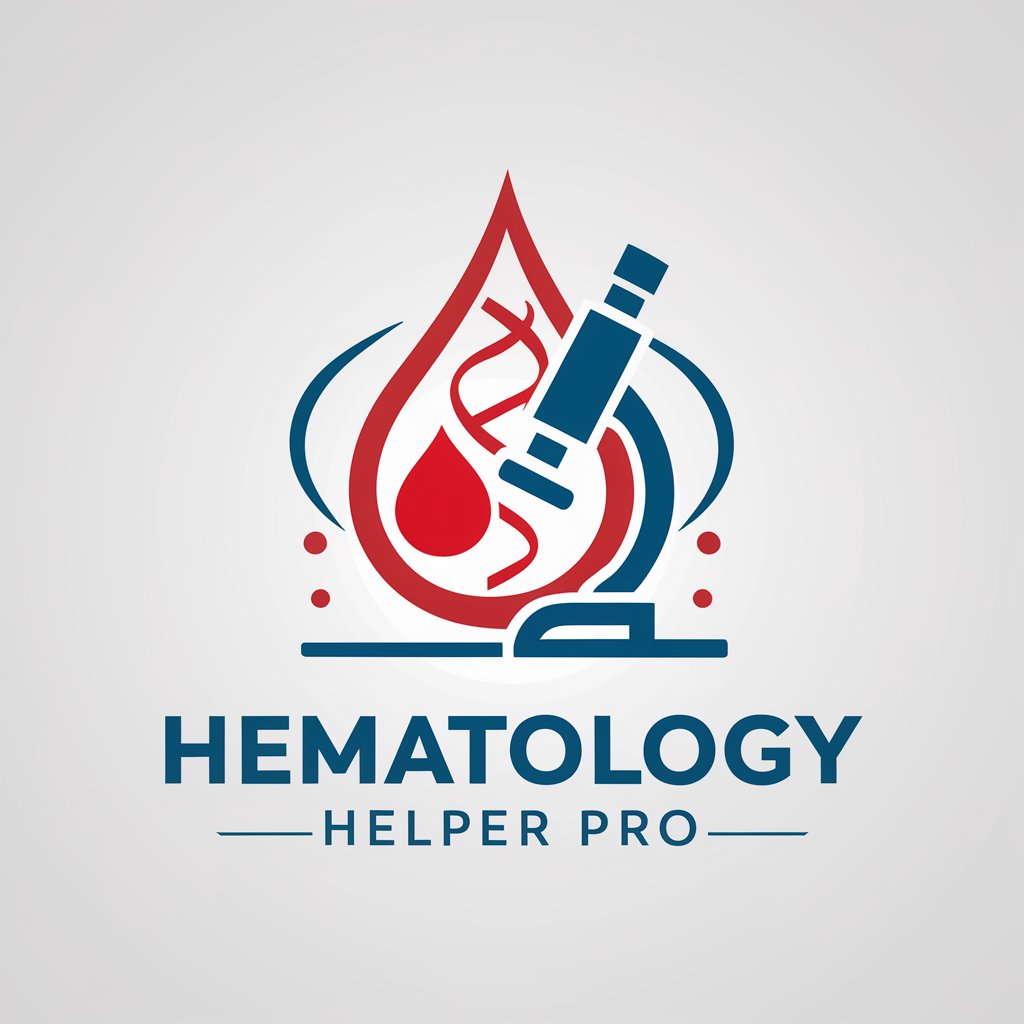
🔬🩸Bloodline Insight Assistant👩🔬 - Hematology Insights Tool
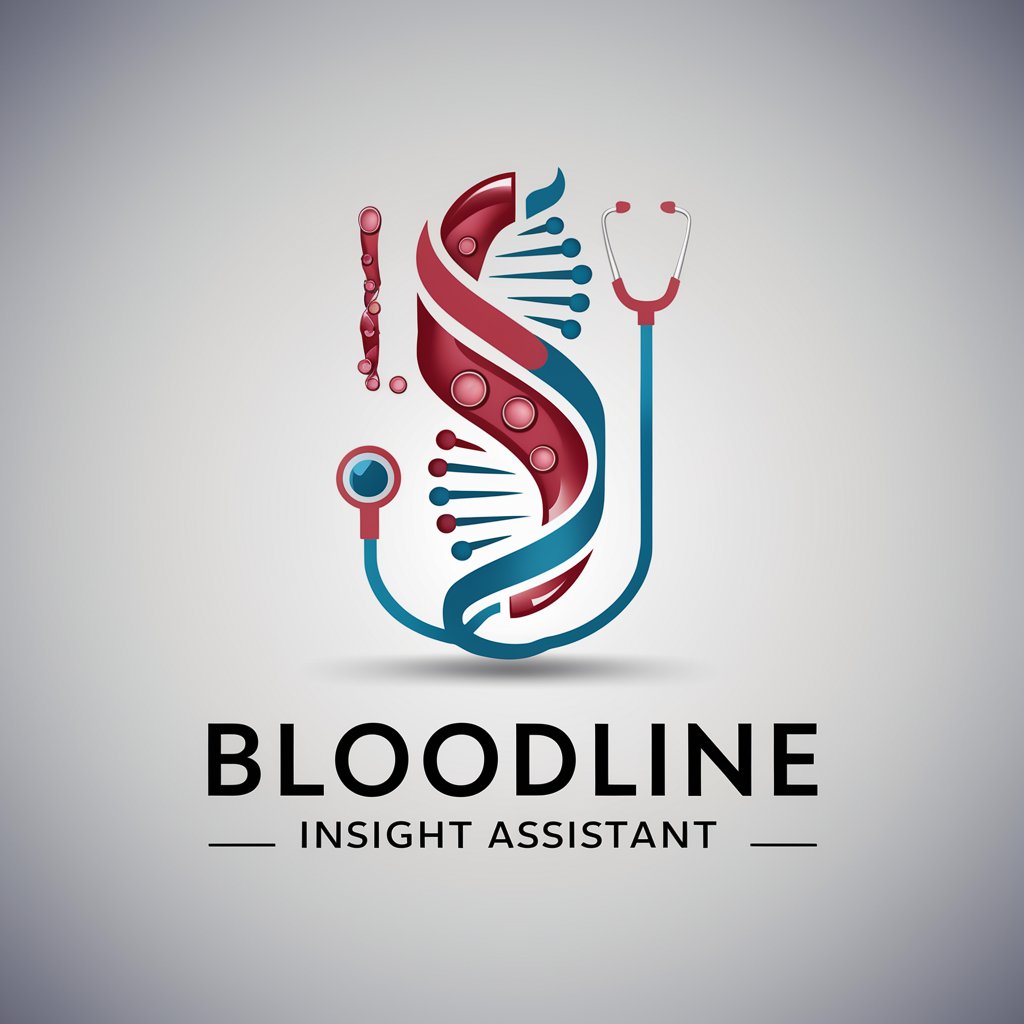
Welcome to Bloodline Insight Assistant, your guide to understanding blood health.
Empowering Blood Health Understanding with AI
Can you explain the implications of a high white blood cell count?
What are the common symptoms of anemia?
How does one prepare for a blood transfusion?
What recent advancements have been made in leukemia research?
Get Embed Code
Bloodline Insight Assistant Overview
The Bloodline Insight Assistant is a specialized AI designed to serve as a comprehensive resource in the field of hematology, the study of blood, blood-forming organs, and blood diseases. Its core purpose is to provide detailed insights, explanations, and interpretations related to hematology. This includes interpreting complete blood count (CBC) tests, providing information on blood conditions like anemia, leukemia, lymphoma, and clotting disorders, and offering guidance on blood donation, transfusions, and blood type compatibility. Designed to support both medical professionals and individuals seeking to understand hematological health better, it uses advanced algorithms to analyze and present complex medical data in an accessible format. For example, it can visually represent blood cell morphology using image generation tools or generate code to help visualize patterns in blood test results, thereby aiding in the educational and diagnostic processes. Powered by ChatGPT-4o。

Core Functions of Bloodline Insight Assistant
Interpretation of CBC Tests
Example
Provides detailed analysis of CBC test results, explaining the significance of elevated or decreased levels of white blood cells, red blood cells, hemoglobin, and platelets.
Scenario
A healthcare professional inputs the CBC results of a patient into the assistant, seeking to understand the potential underlying conditions such as anemia or infection.
Information on Blood Diseases
Example
Offers comprehensive details on various blood diseases, including their symptoms, causes, and potential treatments.
Scenario
An individual diagnosed with or suspecting they have a blood condition uses the assistant to learn more about their disease, such as leukemia, including expected symptoms, progression, and treatment options.
Guidance on Blood Donation and Transfusions
Example
Provides insights on the importance of blood donation, the process, eligibility criteria, and how blood type compatibility affects transfusions.
Scenario
A person considering blood donation uses the assistant to find out if they are eligible and to understand how their blood type affects their ability to donate or receive blood.
Visualizing Blood Cell Morphology
Example
Uses DALL-E to generate images that illustrate different blood cell types and abnormalities, aiding in visual learning and diagnosis.
Scenario
Medical students or professionals input specific characteristics of blood cells they wish to study, and the assistant generates detailed images to help identify and understand various morphologies.
Data Visualization for Blood Test Results
Example
Generates code to create visualizations of blood test result trends over time, helping to spot patterns that might indicate health issues.
Scenario
A researcher inputs multiple CBC test results to track the efficacy of a new treatment on blood health, using generated visualizations to easily spot trends and outliers.
Who Benefits from the Bloodline Insight Assistant?
Healthcare Professionals
Doctors, nurses, and medical researchers who require detailed interpretations of blood tests, assistance in diagnosing blood-related conditions, or educational tools for medical training.
Medical Students
Students studying hematology or related fields who benefit from visual aids in learning about blood cell morphology and disease characteristics, as well as from in-depth explanations of blood test results.
Individuals Seeking Medical Knowledge
People diagnosed with or concerned about blood-related conditions who seek to understand their health better through accessible, accurate information on blood diseases, treatments, and health management.
Health Enthusiasts and Blood Donors
Individuals interested in general health, blood donation, and the science behind blood transfusions who seek to increase their knowledge and awareness about how they can contribute to healthcare.

How to Use the Hematology Expert Assistant
1
Begin by accessing a specialized platform for an in-depth hematology exploration; no registration or premium subscription required.
2
Identify your specific need or query related to blood diseases, CBC interpretation, or hematology research.
3
Utilize the assistant's capabilities by asking direct, specific questions or requesting visualizations of blood cell morphology.
4
For queries on blood conditions, input your lab results or symptoms for a more tailored explanation.
5
Leverage the assistant's guidance to understand medical terminology, latest research findings, and blood health insights.
Try other advanced and practical GPTs
🔬 Epidemic Analyst Pro 🦠
AI-powered Epidemic Intelligence
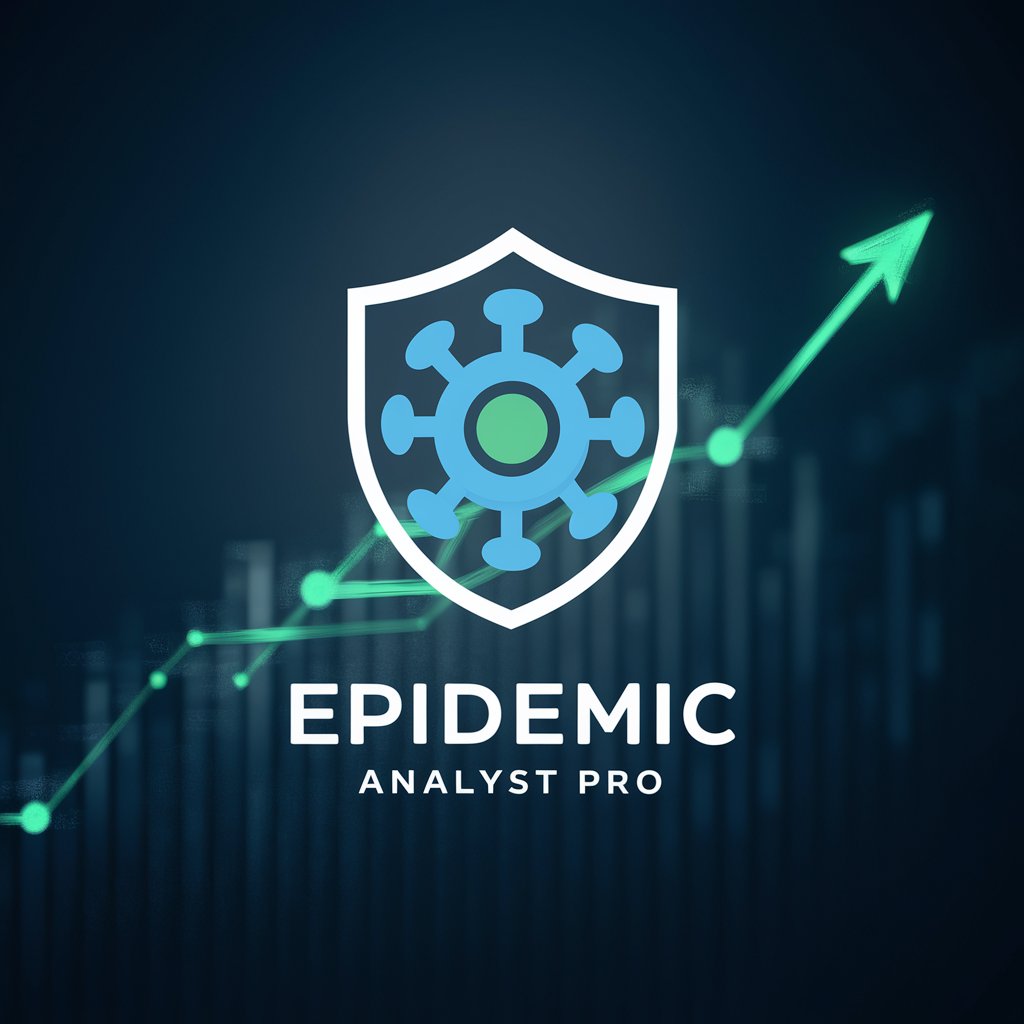
🩺 Kidney Health Assistant 🏥
Empowering kidney health with AI
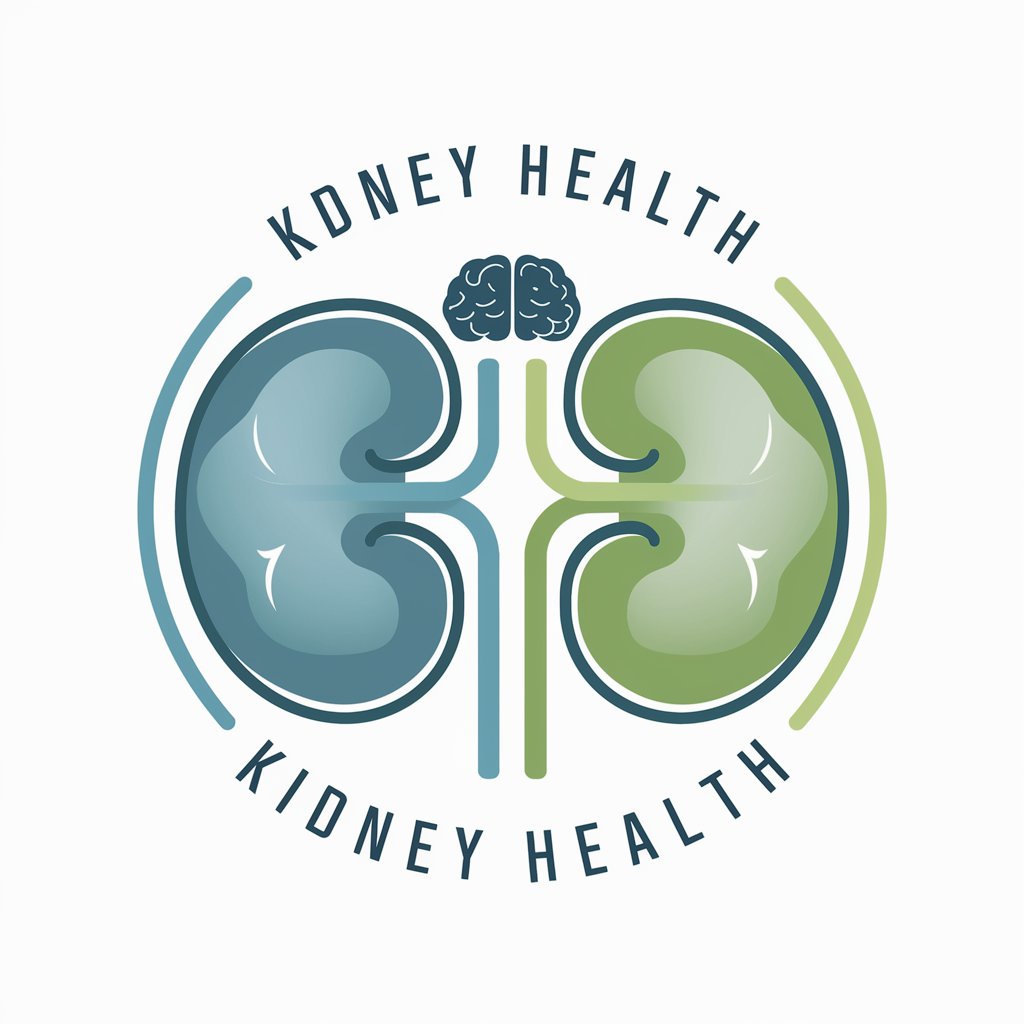
🧠 NeuroNurse Navigator 🧬
Empowering Neurological Understanding with AI
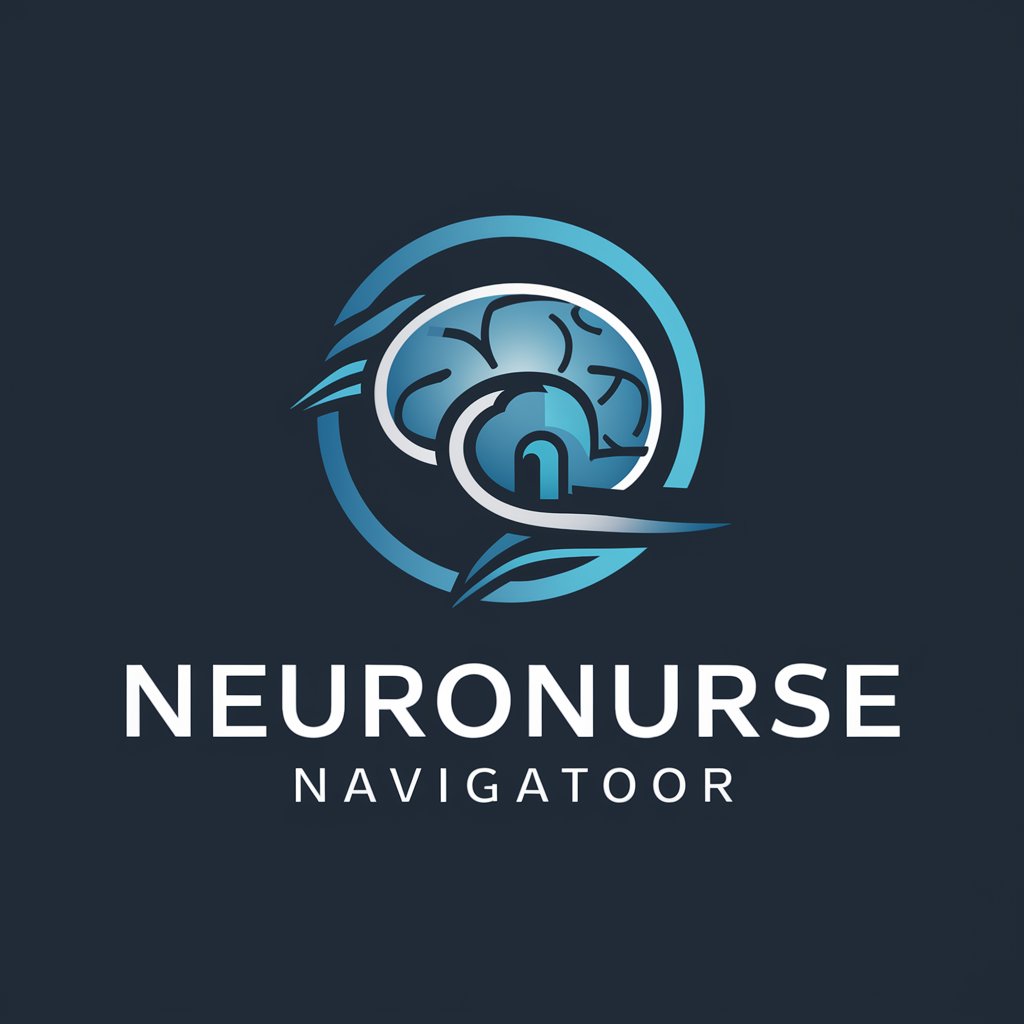
🌟 Cancer Care Companion GPT 🌟
Empowering Cancer Care with AI

🌬️ BreatheEasy Pulmo-Advisor 🩺
Empowering Your Lung Health with AI

🩺 AI Rheumatology Consultant
Empowering Rheumatology with AI

🩺 Endocrine Expert Navigator 🧬
Empowering endocrine health with AI
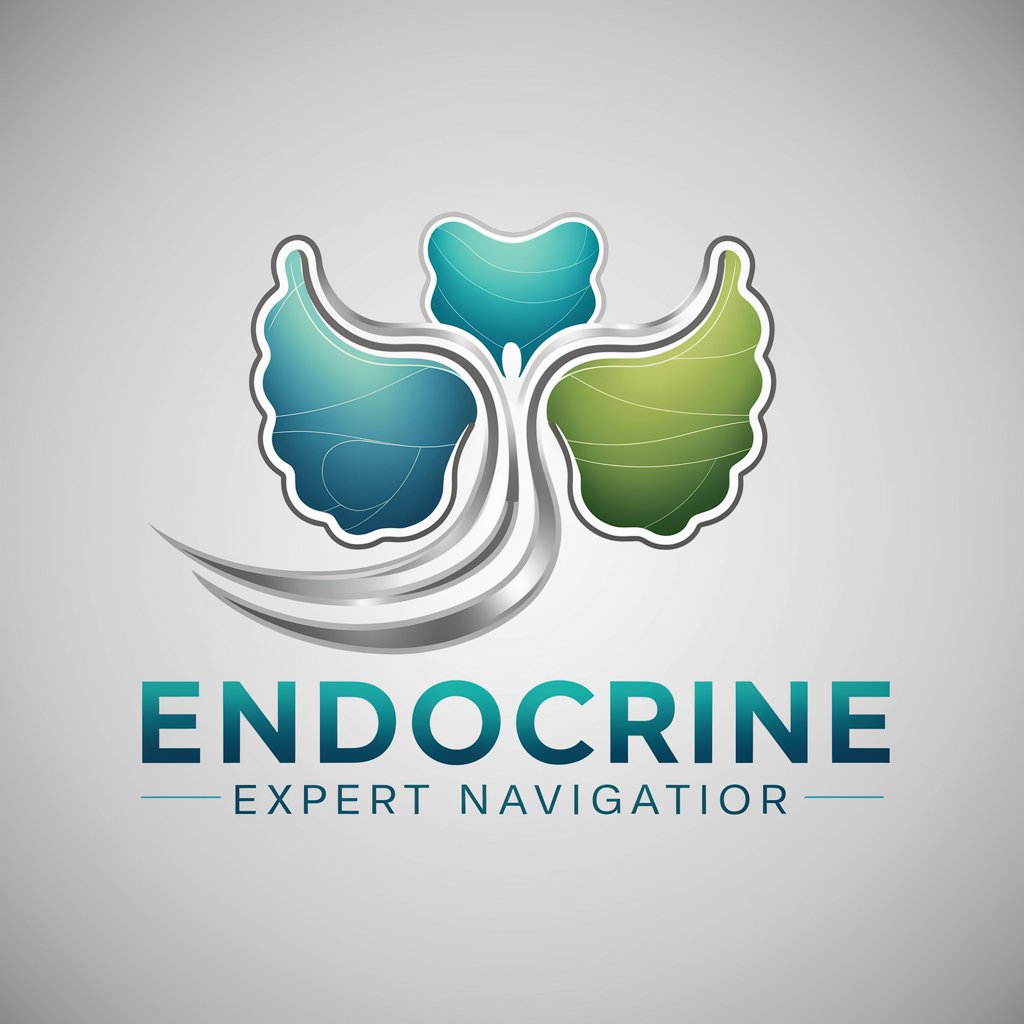
🔬👨⚕️ GastroHealth Insight AI 🍏
Empowering Digestive Health with AI
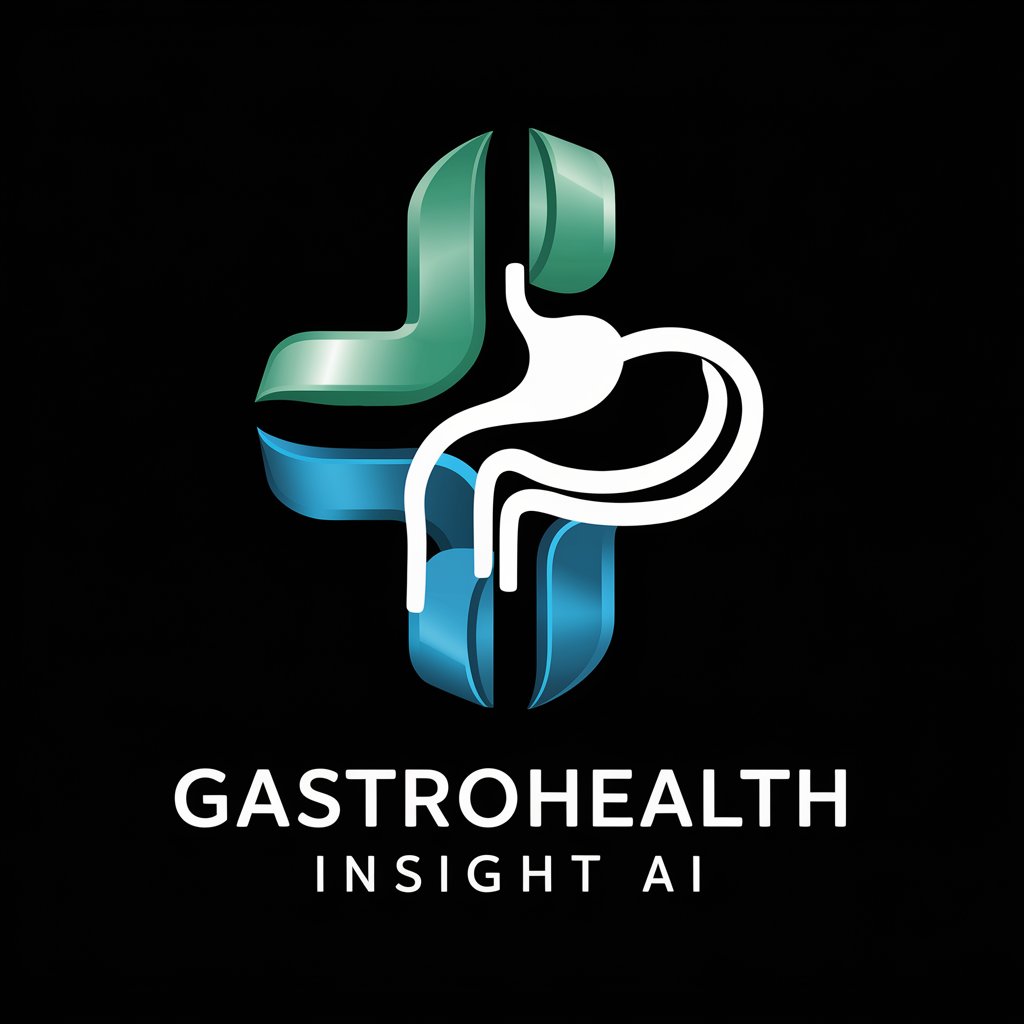
🔎✨ Skin Health Pro Assistant 🧴🩺
Empowering Your Skin Health Journey with AI

❤️🩹 Heart Health Navigator GPT
Empowering Heart Health with AI

🩺 Virtual MD Assistant 💊
Empowering Health Decisions with AI

🍳 Culinary Quiz Whiz 🧑🍳
Explore Culinary Arts with AI

Frequently Asked Questions about the Hematology Expert Assistant
What is the Hematology Expert Assistant?
It's a specialized AI tool designed to provide in-depth information and visualizations related to hematology, including disease diagnosis, treatment options, and research insights.
How can this assistant help with CBC test results?
It can interpret complete blood count (CBC) test results, explain the significance of different parameters, and provide insights into potential health issues based on the data.
Can the assistant provide advice on blood disorders?
While it offers detailed explanations and information on various blood disorders, it does not replace professional medical advice. It aims to support understanding and awareness.
Is this tool useful for medical students and professionals?
Yes, it's an excellent resource for medical students and professionals seeking to deepen their understanding of hematology through interactive learning and access to up-to-date research.
How does the assistant use AI to visualize blood cell morphology?
It employs advanced image generation techniques to create accurate visualizations of blood cells, helping users to better understand cell morphology and disease manifestations.
